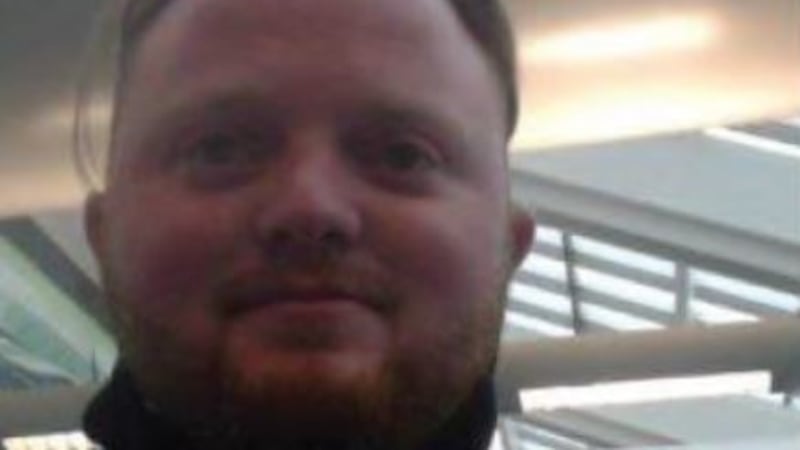Patrick Kavanagh is famous for once not attending a dance: a céilí at Billy Brennan’s barn in Inniskeen, circa 1930, from which he was exiled by poetic pride or (more likely) the lack of fourpence for a ticket in.
Much less remembered now is a dance event he did attend: a ballet at the Queen’s Theatre Dublin in 1961, at which he wore a black tie and bestrode the stage, proclaiming himself the work’s author.
This strange incident came about because of another surprising phenomenon little remembered today – the emergence in a culturally benighted Dublin of the late 1950s of one National Ballet Company, inspired by and emulating the standards of the great Russian troupes.
Its artistic director was Patricia Ryan, unhappy wife of John Ryan, the artist and publisher who was a friend to many of Ireland’s leading writers then.
READ MORE
She had studied in London under the celebrated St Petersburg ballerina Nadine Legat, who encouraged her first to teach at, and then run, a Dublin school.
At the height of her subsequent success, Ryan commissioned several original works, scored by AJ Potter with various librettists.
Among the writers approached to contribute was Samuel Beckett, who declined politely. Kavanagh agreed, for a fee of between £50-£100, although the work then had to be forced out of him over a period, at a pub the Ryans owned and he frequented, with supplementary payments in kind.
According to Antoinette Quinn, Kavanagh’s biographer, he wrote it “in dribs and drabs on scraps of paper which he doled out to Patricia Ryan in the Bailey over a couple of months in exchange for doubles of ten-year-old Jameson”.
His chosen motif was betting – something he did every day on horses - but in this case borrowing the metaphor of roulette and applying it to a theme of love.
Gamble No Gamble, as the piece was called, featured three female archetypes in the colours black, red and white. And not least of the production’s challenges was that the performers had to dance on a moving roulette wheel.
The Irish Times reviewer found little originality in Kavanagh’s plot: “Its theme seemed to be that man is born to trouble, and ... that man’s trouble is mainly women.” But the cast and production were highly praised, and the show was a triumph, in the glory of which the writer - after initial reluctance to attend – happily basked.
When Patricia Ryan invited Kavanagh to the premiere, he scoffed (as quoted by Quinn): “What would I be doin’ lookin’ at a bunch of wimmen leppin’ around the stage?” Then he astonished Ryan by turning up in evening dress.
At the end of the performance, “he and an equally footless Archie Potter were steered on to the stage to take a curtain call, whereupon Kavanagh proceeded to address the audience at length, referring to ... ‘my ballet’ and taking all the credit for himself. Luckily, Patricia Ryan had a sense of humour.”
Ryan went on to organise a weeklong ballet festival in 1962, including performers from the Soviet Union. Catholic fundamentalists picketed the Olympia Theatre in protest at the visitors from “Godless” Russia.
But that event too was a big success, with full houses and standing ovations. Unable to beat them, the Legion of Mary invited the production, Russians included, for religious-themed peace talks over tea and a céilí.
The ballet company was struggling with costs and administration, however, a battle for which Ryan felt unqualified. Despite being beautiful, talented and wealthy, she had always been prone to self-doubt.
A reluctant teacher and then artistic director, she now felt that in running the operation, she was illustrating the Peter Principle, whereby people are doomed to rise to their level of incompetence.
The National Ballet Company was first forced into a merger with Joan Moriarty’s Irish Theatre Ballet in Cork. Then the logistics, combined with artistic differences between Ryan and Moriarty, proved too much and the company was wound up in 1964.
Ryan had in the meantime left her husband in favour of the painter Patrick Collins, who would become her second husband. But it’s another measure of how bohemian Dublin was back then that John Ryan continued to paint the sets for her ballet, while it lasted.
Patricia Ryan’s story was the subject of a radio documentary, Building A Ballet, by Joanna Marsden, broadcast last year on RTÉ Lyric and featuring unpublished letters from Collins, Beckett, Ninette de Valois and Micheál MacLiammóir.
This coming Friday, as part of Heritage Week, it will be aired again at the Lexicon Library in Dún Laoghaire, followed by a panel discussion with Marsden and other guests.
The Dublin of Ryan’s ballet company is also to be indirectly commemorated at this year’s Patrick Kavanagh Weekend in Inniskeen. The annual event takes place on the last weekend in September and the latest instalment will revolve around the screening of a BBC documentary, Three Irish Writers, narrated by the late Anthony Cronin.
That in turn was based on Cronin’s classic memoir, Dead as Doornails, which includes much mention of the Ryans and the Bailey but focuses mainly on the interlinked lives of Kavanagh, Brian O’Nolan and Brendan Behan.
















